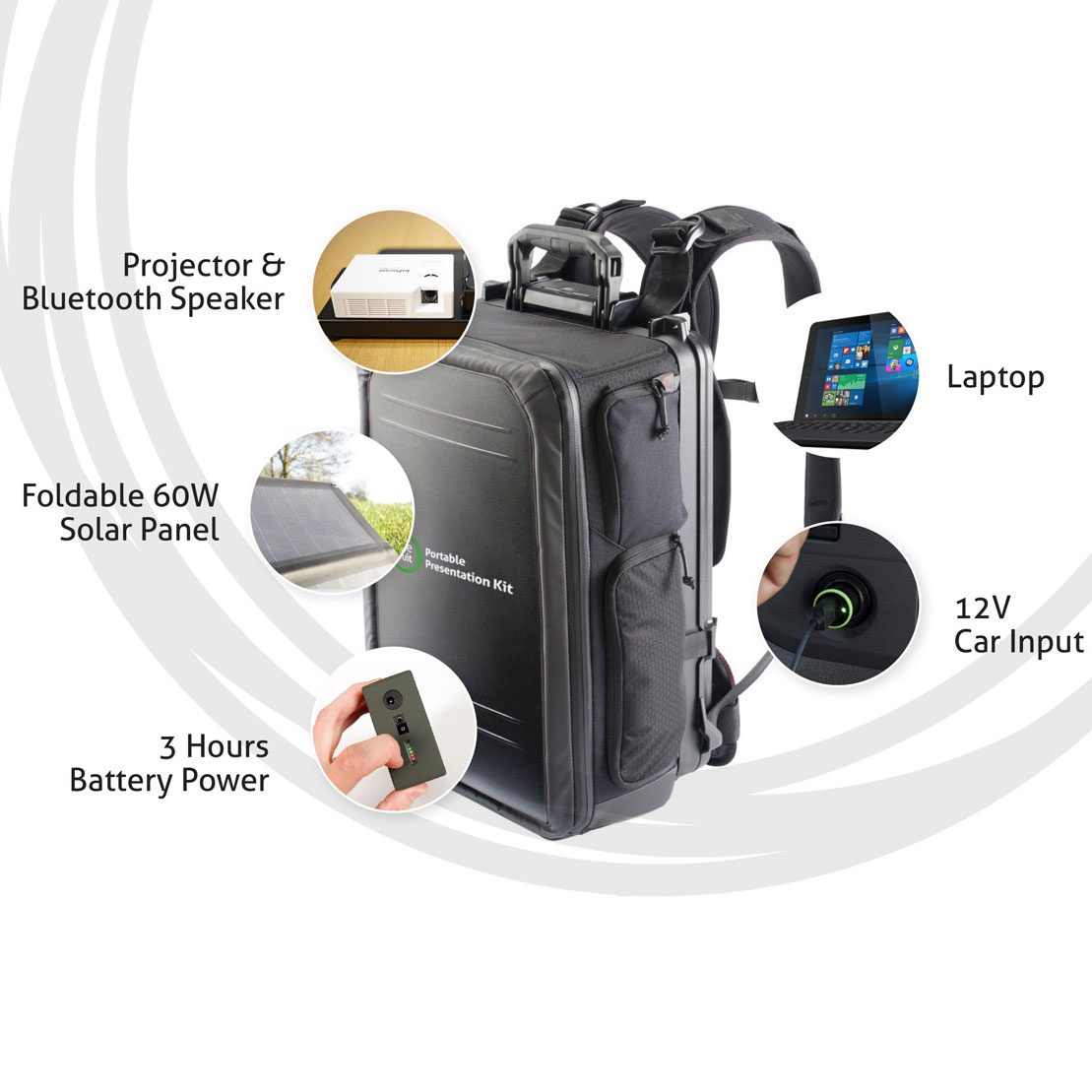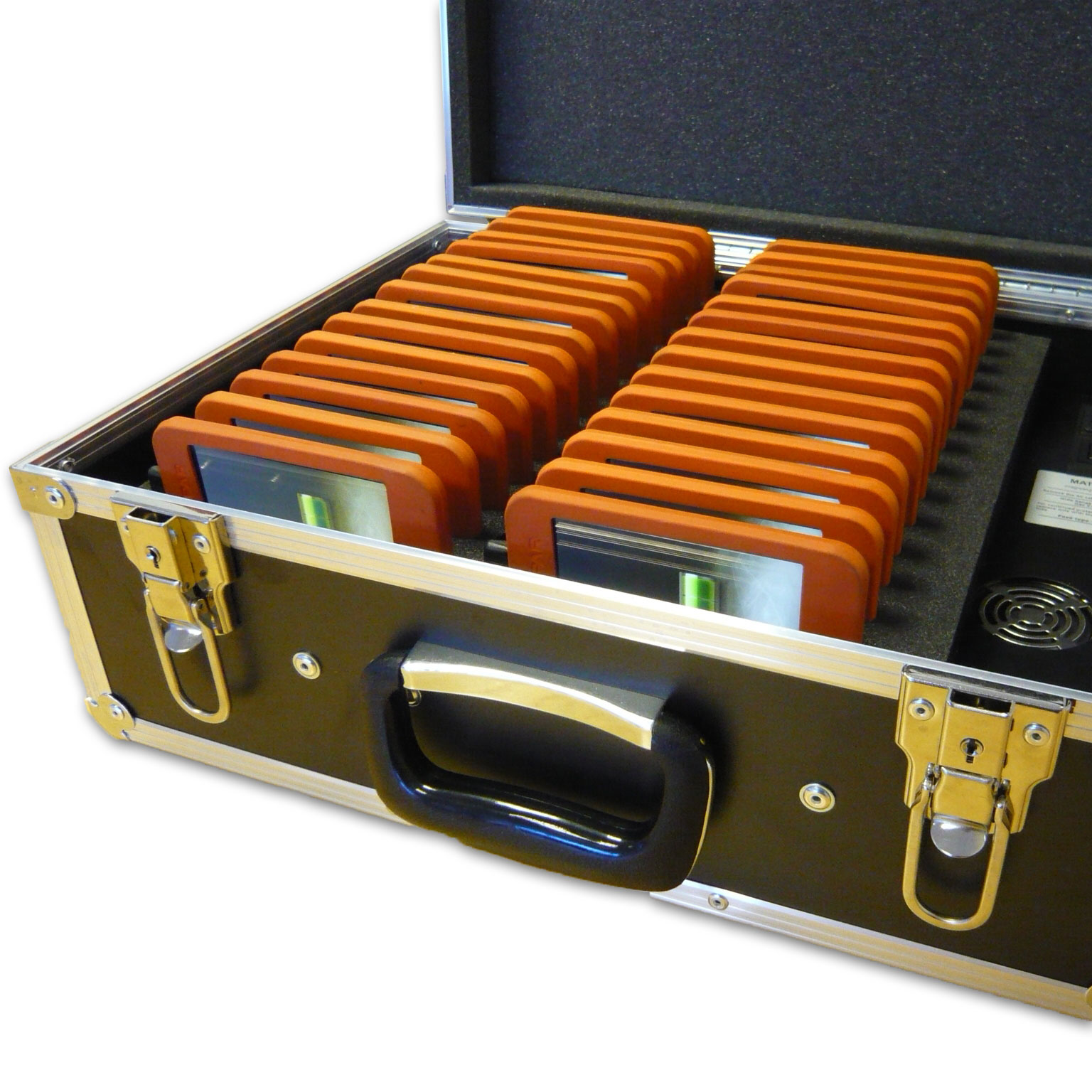Who doesn’t love a good knockoff that looks the part? Sometimes we’re ok with that extra stitching or the way they spelled the label wrong – at least it was cheap! Or maybe not. Regardless, when it comes to your mobile devices, be careful when skimping on cheap USB chargers. At the least, they can fail or not work as you expected, at the worst they can destroy your device.
Apple iOS devices charge via a proprietary Lightning Connector in the current models and older models used an equally proprietary 30-pin connector. While many companies sell USB chargers, not all chargers are created equal. In fact, they are often not sanctioned by Apple.

“Why’s that a big deal,” you ask. Apple’s charger is £15, and I found one online for £5.” Or maybe you found a cheaper multiple device charging station for your iPads. Why’s it matter?
The simple answer is that Apple takes their products very seriously. They are extremely careful about their vendors, and the products they make compatible with their products. Since 2013, they’ve even offered a replacement program for anyone using an unsanctioned 3rd party adapter just to stop their customers from potentially damaging their devices.
“Recent reports have suggested that some counterfeit and third party adapters may not be designed properly and could result in safety issues. While not all third party adapters have an issue, we are announcing a USB Power Adapter Takeback Program to enable customers to acquire properly designed adapters,” says the press release behind the program.
As part of the program, Apple will toss out the USB charger for you environmentally. They are utterly happy to throw it away for you. That says something of the danger.
But what is the danger of using a cheap adapter? In a word, overheating. In most cheap USB charges, the voltage is either too high or too low. Taking a knockoff adapter apart also exposes that most lack the required insulation inside the charger. Meaning that the device itself can either get very hot (becoming a safety hazard) or be putting out the wrong voltage to your device causing irreparable damage to the connector and/or battery.
Additionally, most knockoffs lack proper insulation, correct wiring and regulators causing safety hazards even aside from the potential damage to the device.
Isn’t that worth the extra money?
But, don’t take our word for it. Search the web for stories of cheap third-party adapters that have caused iPhones to burn up, to catch on fire, or just stop working forever. In Wandsworth, UK a woman was taken to hospital after her iFake charger exploded while she was on the phone.
 Cheap iPhone Charger Exploded
Cheap iPhone Charger Exploded
Fire investigator Andrew Vaughan–Davies said: “A dodgy charger has resulted in a woman being taken to hospital and unless people stop buying iFakes there will be more incidents and it’s only a matter of time before we are called to a fatal fire.
“Genuine chargers may cost more and you may think you are only paying for the brand name, but you’re actually buying peace of mind because you know the charger is going to be of better quality and specifically designed for your phone.
“For the sake of saving a few pounds is it worth putting the lives of your family at risk and taking the chance of potentially destroying your home?”
Our recommendation? Go the extra mile, and be sure your next charge is a lasting one.
If you’re responsible for keep large numbers of iPad, tablets or phone charged in your school or business. Consider using an USB Multi Charger Station like the Chargebus 1050 which meets all health and safety and USB battery charging safety regulations. Making it a safe place to charge multiple mobile devices. Contact us for more information.




